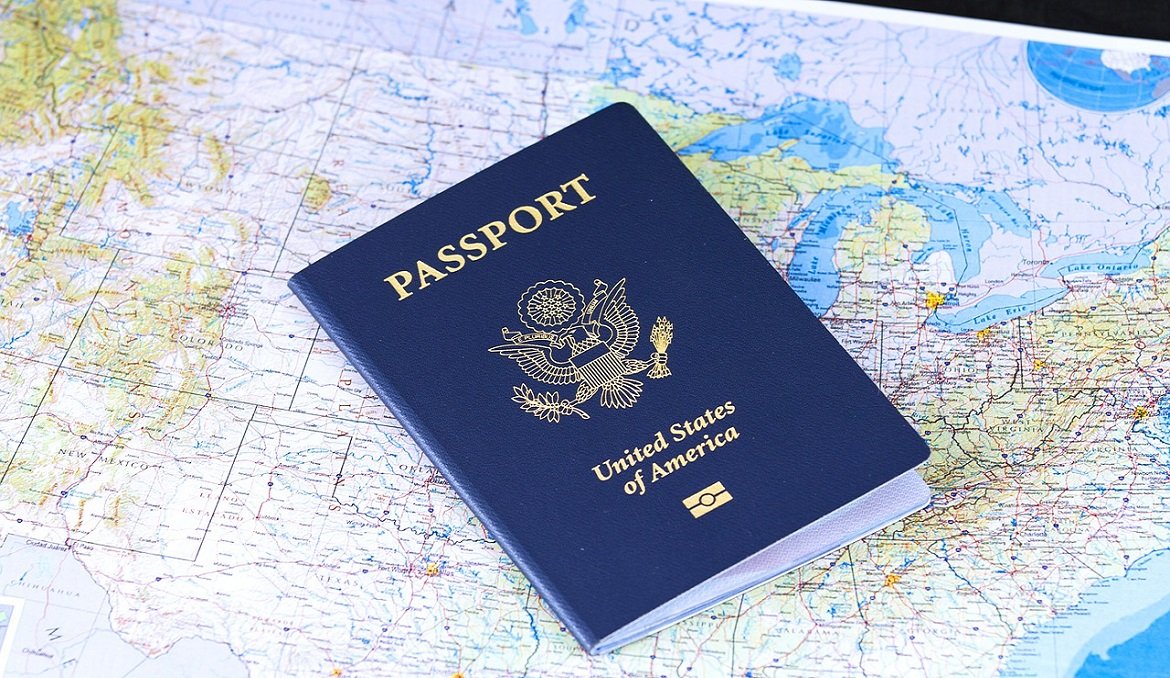Having done the hard work of getting your university admission, the next hurdle you will face is getting your student visa to study abroad. Student visa requirements vary for each country, For example, the UK mandates a tuberculosis test as part of its application process; whereas Canada requires a medical examination for Indian students, conducted by an empanelled medical practitioner. As part of its application process for a student visa, the USA government requires an in-person interview whereas, for a UK visa, an in-person interview is required only if clarifications are needed.
Here is an easy guide from the desk of our experienced counsellors about the student visa requirements for some of the most sought after destinations for higher education.
Student visa for the USA
As a student, enrolling for academic studies in the USA, you will need an F1 Visa. Here is the five-step approach to ensure your adherence to F1 Visa rules
1. Approved I-20:- Once you have received admission in the desired institution accredited to the US Government Student and Exchange Visitor Program (SEVP), the university would enroll you on the Student and Exchange Visitor Information System (SEVIS) and send you the system generated Form I-20. This is an important document for the remaining steps.
2. Pay the I-901 SEVIS fee:- This payment(currently $350 ) needs to be completed on the SEVP website at least three days before submitting your visa application. Online payment can be done using an international credit card. Alternatively, Western Union Quickpay can be done at any of the neighborhood Western Union outlets by referring to the coupon number generated during the I-901 application process.
3. Fill DS-160 Visa application and pay the student visa fee:- The DS-160 form can be filled online and some of the key information to be provided include –
- Personal and family details including education and work history, passport details, etc.
- security, background and medical information,
- SEVIS ID and enrolling institution details.
- Photograph in the specified format and dimension
Once submitted along with the online signature, the form cannot be modified. So check and recheck all details before hitting the submit.
The student visa fee can be paid online using IMPS, NEFT or cash at DRUK Bank, Axis Bank, and Citibank counters. On successful payment, a Machine Readable Visa (MRV) fee receipt would be generated, which needs to be stored and printed.
4. Schedule 2 appointments with at least 1-day gap:- Using the credentials used to pay the visa fee, log in and schedule appoints with
- Visa application center(VAC):- This enables you to visit one of the five VAC locations and have your fingerprints and photo taken. This appointment needs to be at least 1 day before the visa interview scheduled at the consulate.
- Embassy or Consulate:- Three pieces of information would be required for this are your passport number, the fee payment date and 10 digit barcode generated in the DS-160 confirmation page
5. Complete the visa interview:- Be sure to take along these documents for the interview
- A Passport that has a validity of at least 6 months
- Signed SEVIS Form I-20
- SEVIS I-901 fee receipt
- DS-160 application confirmation page with barcode and application ID
- MRV fee payment confirmation receipt
- A printed copy of the appointment letter
- Photographs in the prescribed format
- Transcripts and degrees/diplomas from institutions attended. Work history and experience certificates
- Scores/certificates from standardized tests like GRE, GMAT, TOEFL, SAT
- Financial documents to show that there are enough funds to cover all expenses for the first year study
Apart from these, you would also need documents showing strong financial, social and family ties that compel you to return to your home country after your program or study period. Organization of the documentation in advance and adherence to these F1 visa rules will make the process of visa approval quick and positive.
Student Visa Canada
Students from India as well as other countries will need a Study Permit if their ourse is more than 6 months in duration. We have split the whole process into a 5-step process
1. Admission to a Designated Learning Institute (DLI):- A standardized letter of acceptance from a DLI viz. an institution approved by the provincial or territorial government should be obtained preferably 4-6 months before course commencement.
2. The visa application process:– The application for a study permit can be processed either online or through a paper application. You can also also expedite the processing by using the optional Student Direct Scheme, by paying the applicable fee and submitting the required documents. The following are typical documents to be submitted along with the filled application form
- Letter of acceptance from a DLI. For DLIs in Quebec, an additional acceptance certificate called Quebec Acceptance Certificate(CAQ) should be obtained before applying for a study permit
- Proof of adequate funds available to pay the fees and manage expenses
- Fee payment receipt
- Transcripts, diplomas, degrees from schools attended In the past
- Immigration medical examination(IME) certificate from empanelled doctors
- Passport valid at least for six months
- Passport size photographs in prescribed form and size
- State of Purpose in the prescribed form – This is an essay explaining the purpose of your trip to Canada and the reason for choosing the DLI that you are joining.
- Scores from standardized tests and English proficiency tests like TOEFL and IELTS
3. Provide biometrics at the Visa Application Center (VAC):- Schedule an appointment and complete submission of biometrics and other documents if any. A receipt would be provided after the collection process.
4. Submit passport upon study permit approval: Once a positive decision is taken on the application, a notification would be sent along with a passport request letter. The passport needs to be submitted along with this letter at the VAC to complete the visa stamping process.
Student Visa UK
Students planning to join academic programs in the UK need to apply for a Tier 4 (General) student visa. Follow these steps to get your student visa
1. Obtain CAS from a licensed Tier 4 sponsor:- Along with an unconditional offer for a place in the course, your educational service provider needs to provide a reference number called a confirmation of acceptance for studies (CAS). The institution needs to be a licensed Tier 4 sponsor and the CAS number needs to be provided in the visa application. For specific masters or higher programs in identified technology areas, an additional certificate needs to be obtained under the Academic Technology Approval Scheme (ATAS).
2. Fill the visa application form, pay the fee:- The application needs to be completed and fees paid online, followed by submission of biometrics and required documentation. Documents required for a student visa are
- Passport valid for at least 6 months and with at least one blank page
- CAS and offer letter from licensed Tier 4 sponsor
- Financial documentation to prove the adequacy of funds to pay for the course and support living expenses during the program
- Fee receipt
- Tuberculosis test results
- Consent from the legal guardian if the applicant’s age is under 18
3. Schedule an appointment and submit biometrics, photographs at VAC:- Visit the designated VAC to get biometrics and photographs taken
4. Collect passport and biometric residence permit (BRP):- After a successful decision on the application, the passport with a stamped visa would be provided. BRP needs to be collected after arrival in the UK either at the named post office branch or from the sponsor (based on what was specificallyopted for during the application) within 10 days of arrival in the UK.
Countries like Singapore, Germany, Australia, France, Netherlands, and many others have student visa requirements that are very specific to them. This can be quite overwhelming and is one of the reasons why our students reach out to us to get help right from choosing a university to getting visa guidance.




